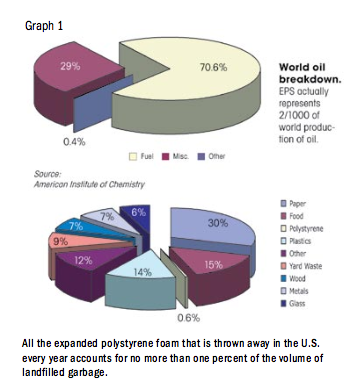
In 2003, Santa Fe Architect Ed Mazria authored a ground shaking assessment of the construction industry, when he reasoned that 48% of our energy is consumed by our buildings. Taking this a step further, Mazria correlated this reasoning to global warming and determined that construction was also responsible for 46% of our nation’s carbon emissions output.
In 2006, Mazria challenged the construction industry and, in particular, architects to design new buildings to use 50% less energy than the regional average for that building type. Subsequently, that energy efficiency standard would be increased exponentially over the years so that by 2030 all buildings are essentially carbon-neutral.
How do we get to the 50% target? Mazria has suggested a number of strategies: The first relies on no cost or low cost savings, such as how the building is orientated, passive heating and cooling, natural ventilation, glazing, choice of equipment and site shading. The second includes photovoltaic arrays to encompass heating and hot water needs, ground source heat pumps, triple glazing and super-insulation. The third strategy is to buy clean power, generated by wind or solar generated supply sources.
Focusing in on the second strategy, EIFS can make a strong case for its superlative insulation value. Graph 1 illustrates a couple of examples of some thermally challenged wall assemblies. What is demonstrated is that the actual thermal resistance (whole wall) is altered because of the thermal bridges created by the framing and the interfaces between windows, floors, ceilings, etc. Adding EIFS to these walls, some distinct properties evolve: Much like a thermal blanket it covers and eliminates the thermal bridging, while the R-value remains a constant 3.85/inch of thickness. Another added benefit is that it has been estimated that the effective application of EPS insulation could cut carbon dioxide emissions in buildings by up to 50%.
 In 2003, Santa Fe Architect Ed Mazria authored a ground shaking assessment of the construction industry, when he reasoned that 48% of our energy is consumed by our buildings. Taking this a step further, Mazria correlated this reasoning to global warming and determined that construction was also responsible for 46% of our nation’s carbon emissions output.
In 2006, Mazria challenged the construction industry and, in particular, architects to design new buildings to use 50% less energy than the regional average for that building type. Subsequently, that energy efficiency standard would be increased exponentially over the years so that by 2030 all buildings are essentially carbon-neutral.
How do we get to the 50% target? Mazria has suggested a number of strategies: The first relies on no cost or low cost savings, such as how the building is orientated, passive heating and cooling, natural ventilation, glazing, choice of equipment and site shading. The second includes photovoltaic arrays to encompass heating and hot water needs, ground source heat pumps, triple glazing and super-insulation. The third strategy is to buy clean power, generated by wind or solar generated supply sources.
Focusing in on the second strategy, EIFS can make a strong case for its superlative insulation value. Graph 1 illustrates a couple of examples of some thermally challenged wall assemblies. What is demonstrated is that the actual thermal resistance (whole wall) is altered because of the thermal bridges created by the framing and the interfaces between windows, floors, ceilings, etc. Adding EIFS to these walls, some distinct properties evolve: Much like a thermal blanket it covers and eliminates the thermal bridging, while the R-value remains a constant 3.85/inch of thickness. Another added benefit is that it has been estimated that the effective application of EPS insulation could cut carbon dioxide emissions in buildings by up to 50%.
In 2003, Santa Fe Architect Ed Mazria authored a ground shaking assessment of the construction industry, when he reasoned that 48% of our energy is consumed by our buildings. Taking this a step further, Mazria correlated this reasoning to global warming and determined that construction was also responsible for 46% of our nation’s carbon emissions output.
In 2006, Mazria challenged the construction industry and, in particular, architects to design new buildings to use 50% less energy than the regional average for that building type. Subsequently, that energy efficiency standard would be increased exponentially over the years so that by 2030 all buildings are essentially carbon-neutral.
How do we get to the 50% target? Mazria has suggested a number of strategies: The first relies on no cost or low cost savings, such as how the building is orientated, passive heating and cooling, natural ventilation, glazing, choice of equipment and site shading. The second includes photovoltaic arrays to encompass heating and hot water needs, ground source heat pumps, triple glazing and super-insulation. The third strategy is to buy clean power, generated by wind or solar generated supply sources.
Focusing in on the second strategy, EIFS can make a strong case for its superlative insulation value. Graph 1 illustrates a couple of examples of some thermally challenged wall assemblies. What is demonstrated is that the actual thermal resistance (whole wall) is altered because of the thermal bridges created by the framing and the interfaces between windows, floors, ceilings, etc. Adding EIFS to these walls, some distinct properties evolve: Much like a thermal blanket it covers and eliminates the thermal bridging, while the R-value remains a constant 3.85/inch of thickness. Another added benefit is that it has been estimated that the effective application of EPS insulation could cut carbon dioxide emissions in buildings by up to 50%.

